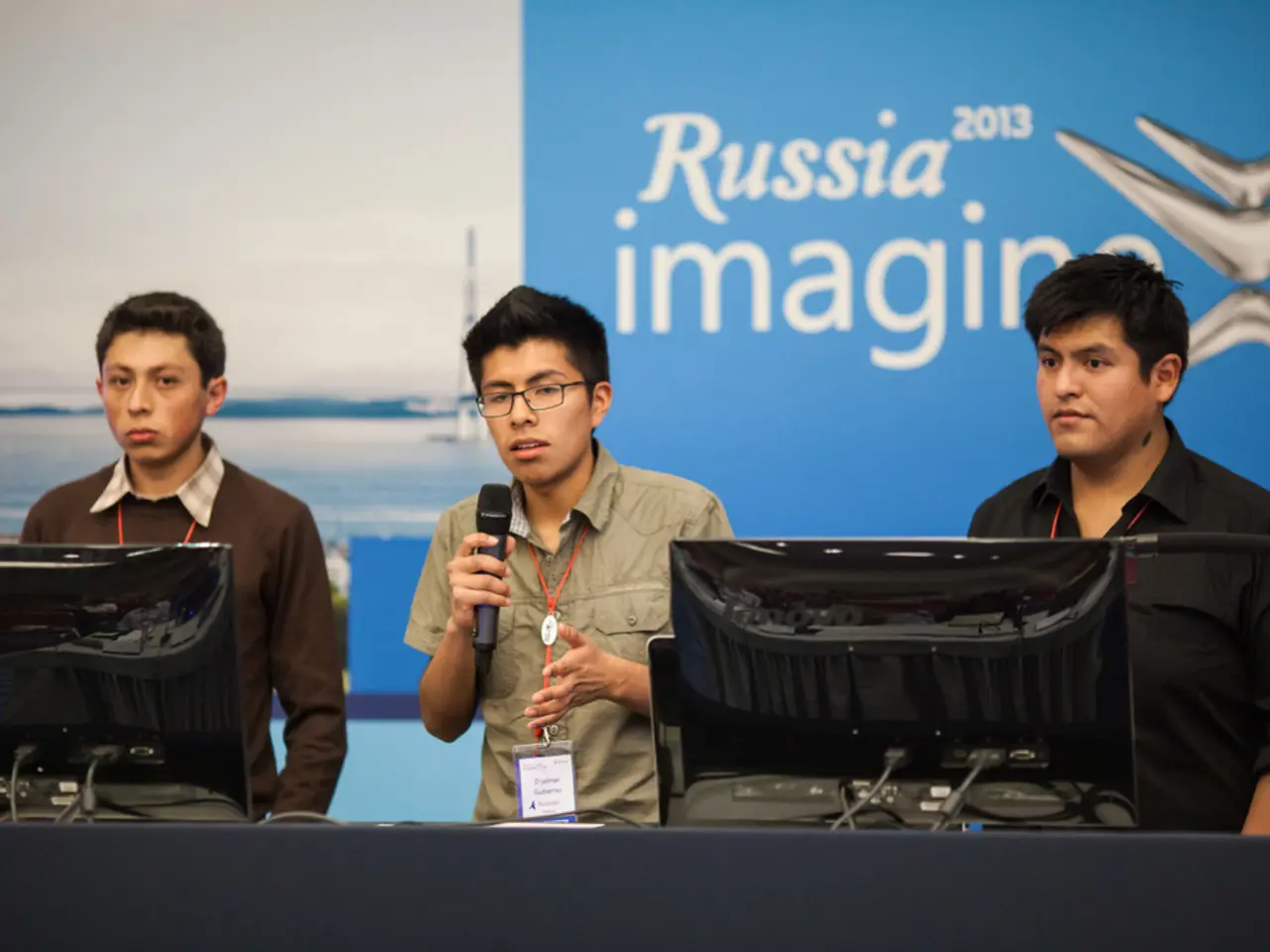Total Amounts of Sick Leave Compensation for 2026 Announced
Rising Minimum Wage to Boost Social Protection and Shorten Sick Leave in Russia
Russia is set to see a significant increase in the minimum wage over the next two years, with the current rate of 22,440 rubles per month rising by more than 20% to reach approximately 27,093 rubles per month in 2026. This increase, aimed at improving living standards for low-wage workers, will also have a positive impact on sick leave and maternity benefits.
The minimum wage serves as a legal floor for pay in Russia, influencing the minimum basis for calculating social insurance benefits such as sick pay and maternity leave payments. As the minimum wage rises, it typically increases the minimum amount of compensation a worker can receive during periods of sick leave or maternity leave, thereby improving social protection for low-income workers.
In 2025, the maximum daily sick leave payment was 5,673.97 rubles, but this figure depends on the insurance period. In April, June, September, and November (30 calendar days each), the minimum daily sick leave benefit is set at 903.1 rubles, according to Igor Balynin. In February, this figure rises to 967.61 rubles for 28 calendar days. For the remaining months with 31 days, the minimum daily sick leave benefit will be 873.97 rubles in 2026.
The Russian government plans to reduce the overall duration of sick leave for working Russians by 15% by 2030. This reduction in sick leave duration is part of the plan to achieve national development goals by 2030 and beyond to 2036. The national development goals extend beyond 2030, with the aim of increasing the minimum wage to 35,000 rubles by that year.
The cabinet believes that reducing the duration of sick leave will increase labor productivity in the country. However, it's important to note that the reduction in the duration of sick leave is not mentioned as affecting the minimum daily sick leave benefit calculations.
In summary, the rising minimum wage will positively affect sick leave and maternity benefits by ensuring higher minimum income replacement amounts for affected workers. The minimum wage, currently 22,440 rubles, is used as a base for calculating the minimum daily sick leave benefit when a citizen's income is low or non-existent.
| Aspect | 2025 (Current) | 2026 (Proposed) | |--------------------------|--------------------------|-------------------------| | Minimum wage | 22,440 rubles/month | 27,093 rubles/month | | % of median salary | 48% | Expected to increase | | Impact on sick/maternity | Higher minimum wage raises the base for calculating minimum benefits, improving social protection for low-wage workers | Further increases expected as minimum wage rises |
No direct legislative updates on sick leave or maternity benefits linked to these changes were found, but the standard practice connects these benefits to wage levels, including the minimum wage floor.
- The rise in Russia's minimum wage, expected to reach 27,093 rubles per month in 2026, will also boost health-and-wellness benefits, particularly for low-income workers, by enhancing the minimum amount of compensation they receive during periods of sick leave or maternity leave.
- In the field of finance, the escalating minimum wage in Russia may portray an indicator of the country's economic health-and-wellness, as it could show an improvement in the living standards of low-wage workers and potentially contribute to shortening the duration of medical-conditions-related absences.
- In the realm of general-news, the impending increase in the minimum wage in Russia and the proposed reduction in sick leave duration are significant developments that merit attention, as they may have far-reaching implications for social protection, labor productivity, and the overall economic progress of the country.




